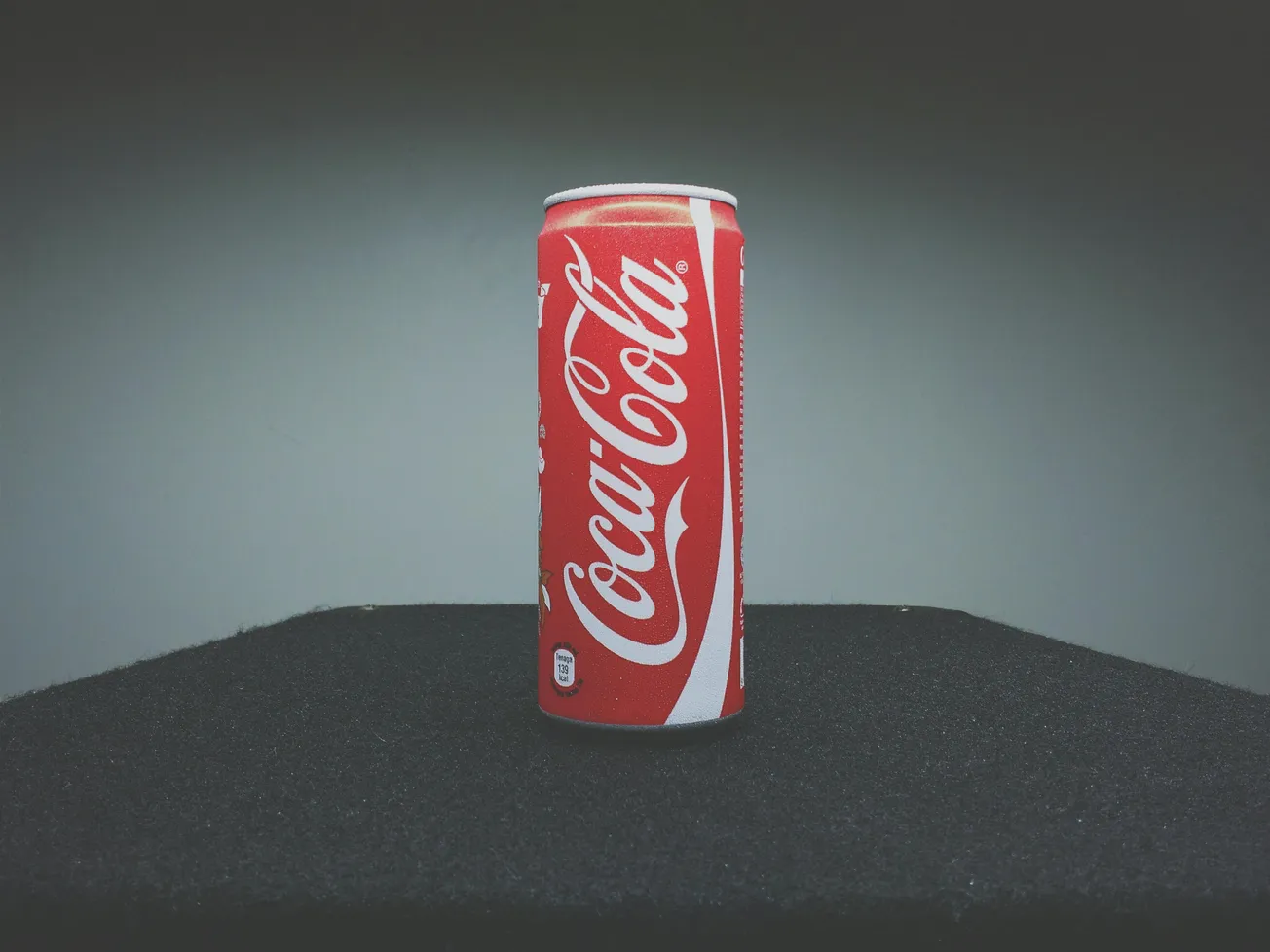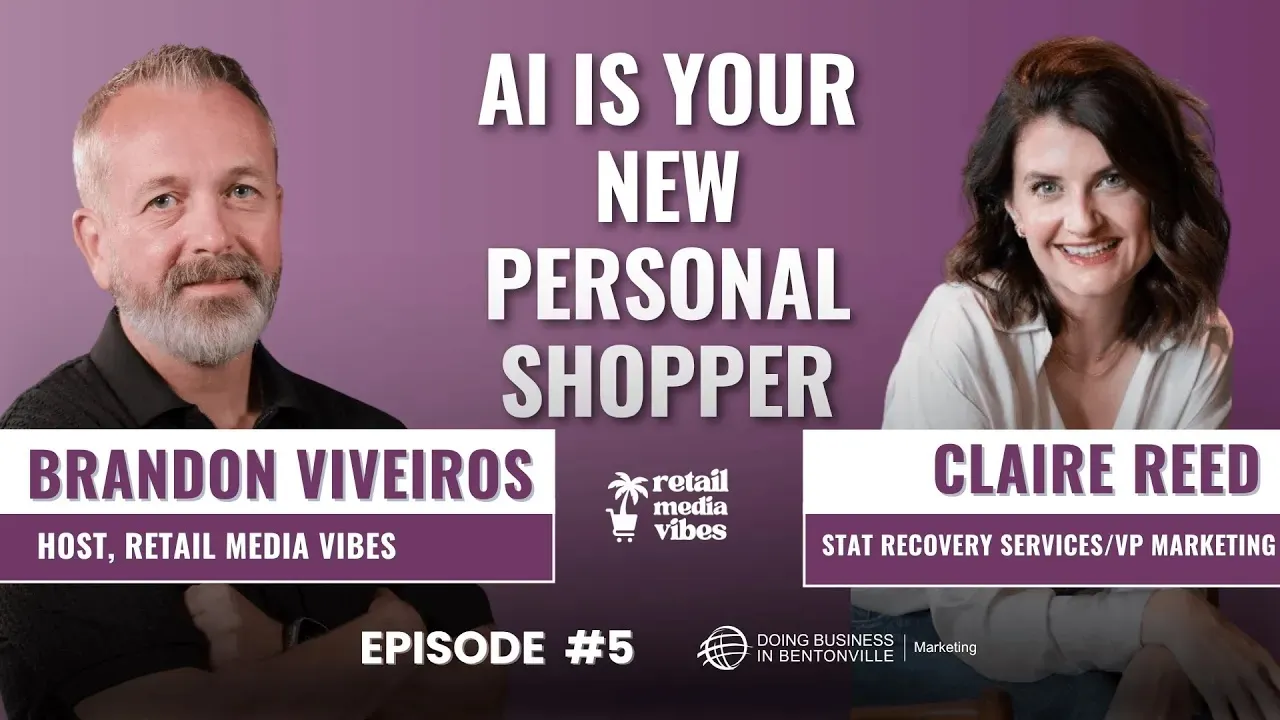Coca‑Cola’s 2025 holiday campaign has sparked a broad discussion about the role of generative AI in advertising — and what it means for brand trust, creativity and consumer connections.
Two variations of its iconic “Holidays Are Coming” commercial, produced using AI tools such as OpenAI Sora, Google Veo 3 and Silverside AI, featured festive trucks, polar bears and other holiday motifs.
While the campaign secured a high rating (5.9 stars) from creative‑effectiveness testing firm System1 for brand impact and emotional resonance, viewers raised objections to visual inconsistencies: trucks changed shapes or lost wheels, scenes lacked realistic continuity, and one image appeared to depict a truck dangerously close to a crowd.
These flaws shine a light on the technical limitations of current AI‑video tools — particularly the challenge of maintaining temporal consistency (e.g., ensuring a truck in one shot looks exactly the same a second later). As the article notes, “generative video models often struggle to maintain visual consistency between multiple shots due to limited memory of past frames.”
For retail and marketing professionals — including those in the Bentonville/Northwest Arkansas ecosystem — the implications are clear:
- Brand and storytelling matter more than technology. The risk is that AI shortcuts may erode emotional resonance even if production costs drop.
- Consumers may not care about AI per se, but they care about authenticity. Even though many may not consciously recognise AI‑generated ads, the sense that something “feels off” still registers.
- Innovation should not outpace alignment with brand values. As smaller brands and retailers increasingly adopt AI tools for content, the lesson from Coca‑Cola is one of balance: use AI as an enhancer, not a replacement for human craft.
In short: while AI offers faster, cheaper creative production, advertising in the holiday retail context — where emotional connection is key — cannot afford to sacrifice the human touch.






